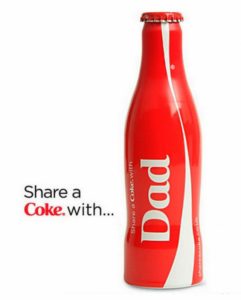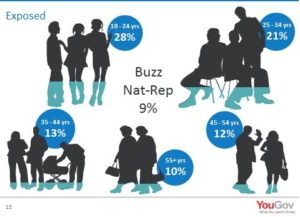Outstanding Sales People Possess These Unique Character Traits. Do You?
What separates an average sales person from a highly successful one? Experts say to look for these 12 qualities.
Whether you want to grow your own sales abilities, mentor an employee, or hire the best candidate, these experts volunteered their informed opinions to help. Ranging from middle market and corporate CEO’s, sales trainers, award winning sales people, and psychologists, here is a list of qualities they say outrageously successful sales people share.
Have strong intuition.
One of the hardest traits to obtain is the ability to know when to keep your feet planted and when to walk out the door. If you want success, you have to listen to your gut instincts in a practical way.
CEO, Marc Cenedella, Ladders
Provide clear value.
We’ve got a team of 20 salespeople, recently reduced from 30. We kept the star performers, who share one thing in common: an unshakable desire to provide clear value to the customer from the very first contact. They have a core attitude of wanting to help, whether it leads to a sale or not.
Seb Dean, Managing Director, Imaginaire Digital
Believe whole-heartedly in your product or service.
Successful salespeople must have knowledge and belief in what they’re selling. If you know your product and believe in it, you’re more likely to be genuine and speak from the heart. People will pick up on that because people often buy the why, not the what of a product or service.
Courtney Gaines, President, CLEAR Property Management
Develop an alter ego.
If you are not who you want to be yet, develop an alter ego. Call upon it when you’re facing a challenge. It’ll allow you to be bolder and more tenacious. It’s much easier facing rejections when they are rejecting your alter ego and not you.
Nalie Lee-Wen, CFO, The PPA Group
Possess a sense of humor.
Successful sales people are not only emotionally intelligent, extremely extroverted, and have a high general sense of well-being, but, in my experience, they typically have a great sense of humor as well.
Christine M. Allen, Ph.D, VP, Insight Business Works
Don’t hear objections.
Objections can throw salespeople off guard and make them lose objectivity. Successful sales people consider the buyer’s objection as an opinion. They don’t try to overcome opinions, they simply conduct mature conversations that take the buyer’s perspective into consideration. They show empathy and curiosity towards the customer’s concerns and validate the importance of them.
Joe Zente, CEO, The Alternative Board Austin
Be willing to accept ultimate responsibility.
Sale people with this quality take ownership of their goals and what they want to achieve. They take ownership of who they need to become to achieve their goals, thus they are constantly learning, adapting, and growing. Lastly, they take ownership of the challenges they encounter; thus they focus on finding solutions rather than getting lost in all of the problems.
David Naylor, Executive VP Global Leadership and Learning Development, 2logical
Never stop asking questions.
Great sales people know that buyers aren’t interested in features, they’re interested in finding out whether or not your company can really solve their problem. The best sales people aren’t satisfied until they get to the root of a potential customer’s problem.
Hannah Write, Co-founder, HR Partner
Have courage.
Sales people with the best results are those who have the courage to feel the fear and ask anyway. They win more by being willing to push the envelope. This doesn’t mean that they are being obnoxious or taking advantage of people, it means they don’t compromise. Know your product and what you are selling, and ask for what you really want.
Linda Swindling, Negotiation Expert, and author of Ask Outrageously! The Secret to Getting What You Really Want
Follow the 80/20 rule.
A seasoned professional can tell how well the meeting is going by the percentage of time the prospect is talking. I strive for an 80/20 breakdown. In a great meeting, the client is asked proper questions, allowing them to express their needs, which they may not yet be aware of. Don’t make the mistake of spending too much time selling and not enough time diagnosing the problem that your products may be able to solve.
Adam Torres, CEO, Century City Wealth Management
Collect the right data.
People who are very successful in sales have the ability to collect the right data and interpret it to make meaningful conclusions. Externally, the ability to collect data and critically interpret it allows a sales person to uncover, understand, and address the true pain points of customers. Internally, it improves the sales flow process.
Josh, Content & CommuniManager, Fieldboom
Develop an emotional common ground.
This enables good salespeople to use conversation, body language, other social cues to quickly establish a sense of trust and understanding when cultivating new relationships. The talent required to build that trust and confidence in you as a person, and to find that emotional common ground with people from all backgrounds and walks of life, is what differentiates good salespeople from outrageously successful ones.
Zach Olsen, President, Infinite Global
Well, how do you and your team measure up? Let us know in the comments section below. And, add or comment on the character traits that you believe are important.












